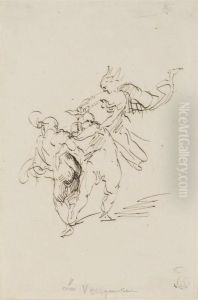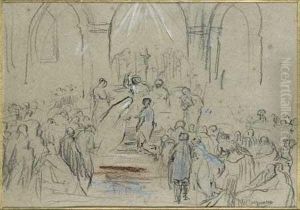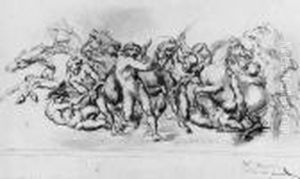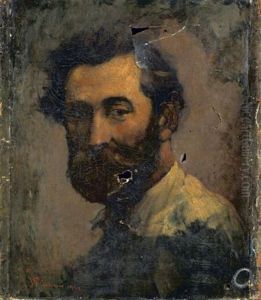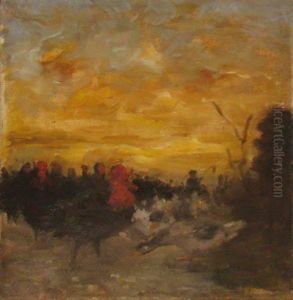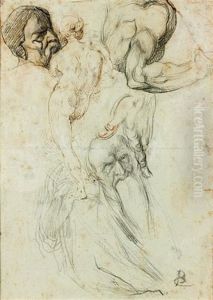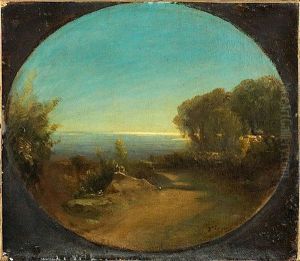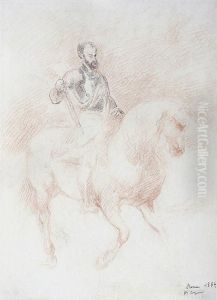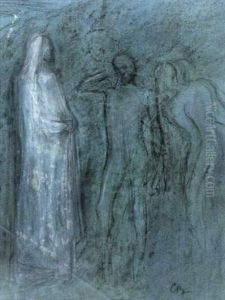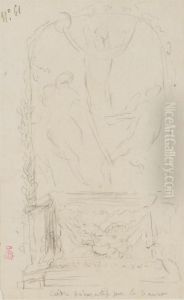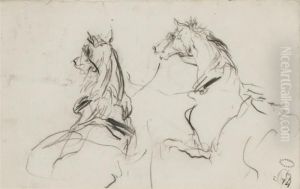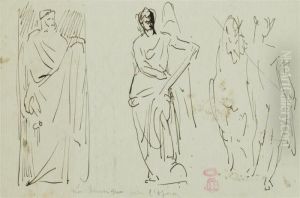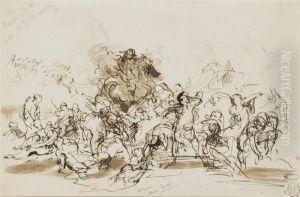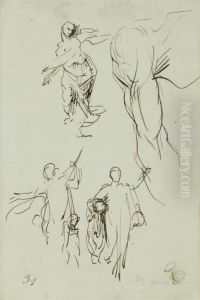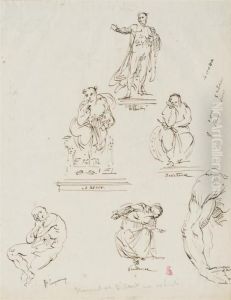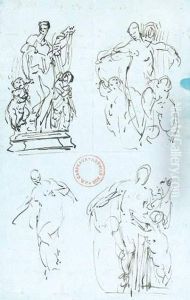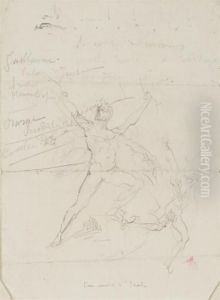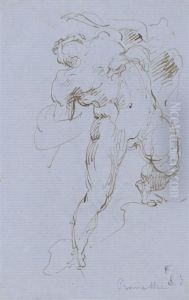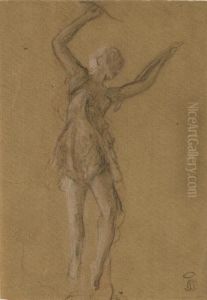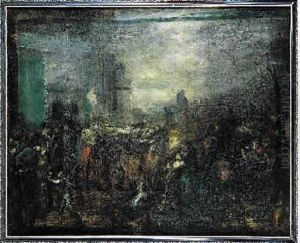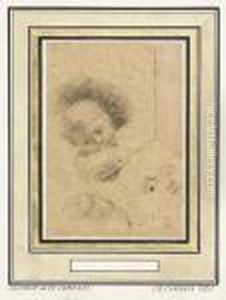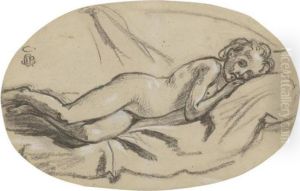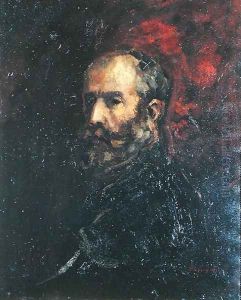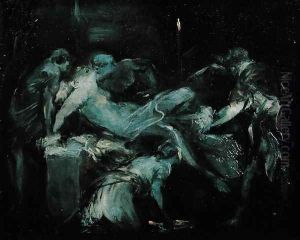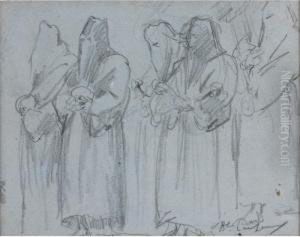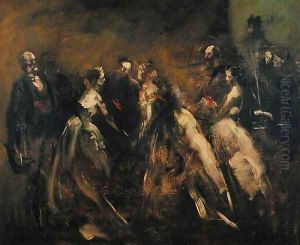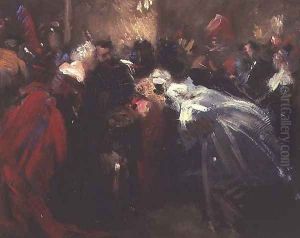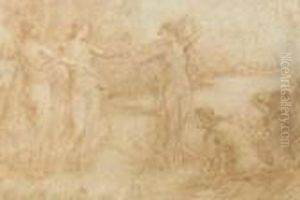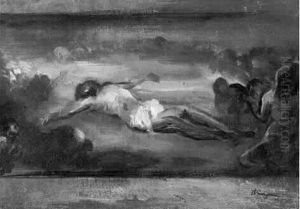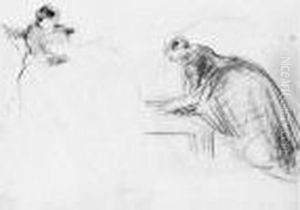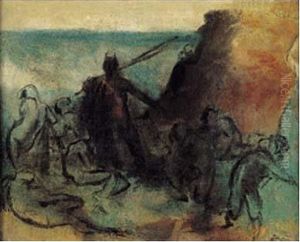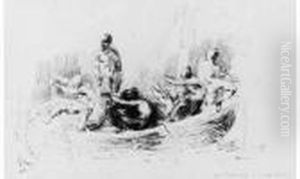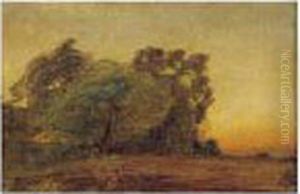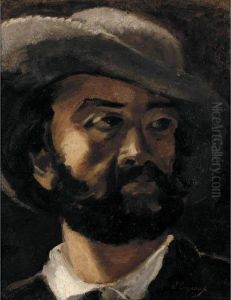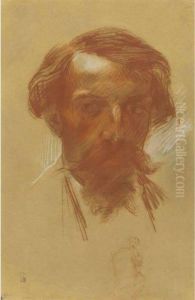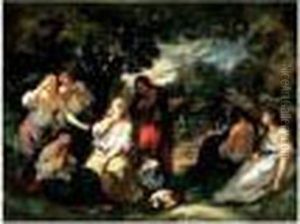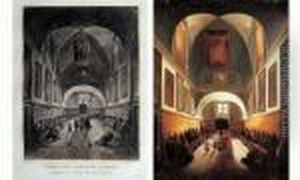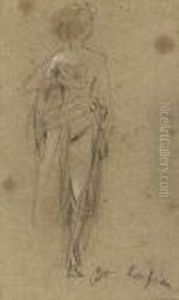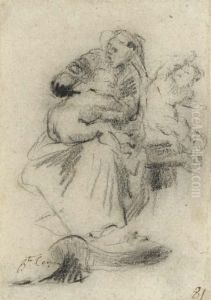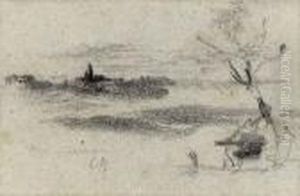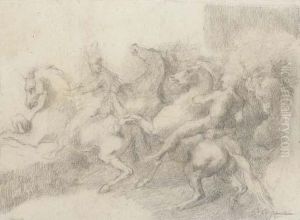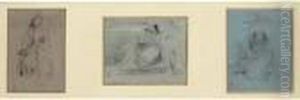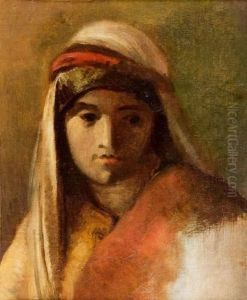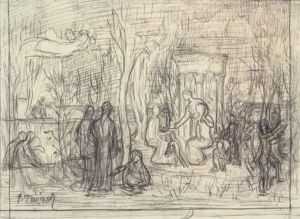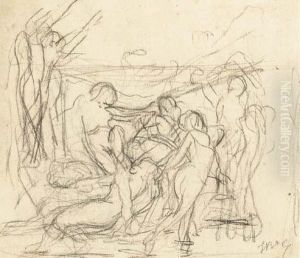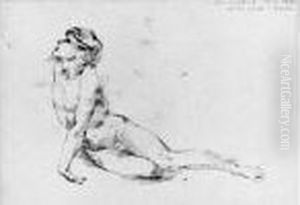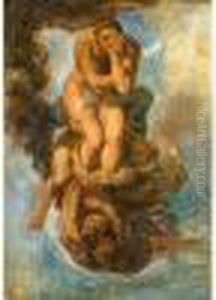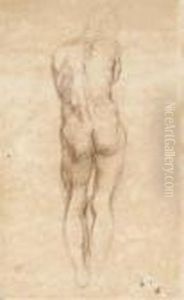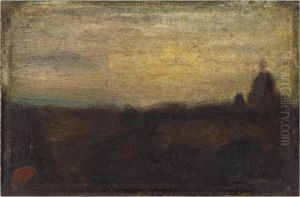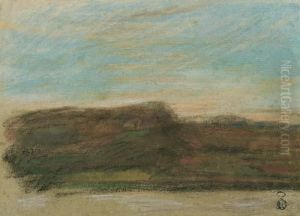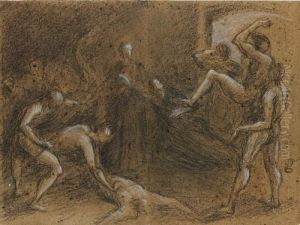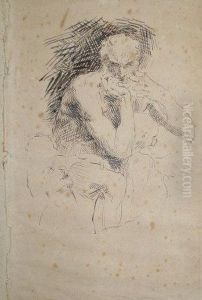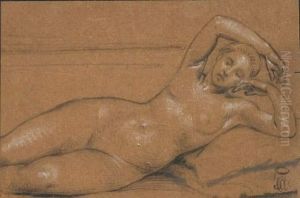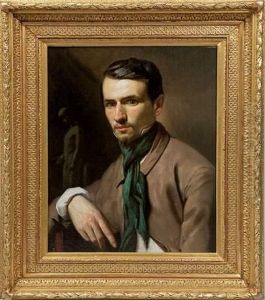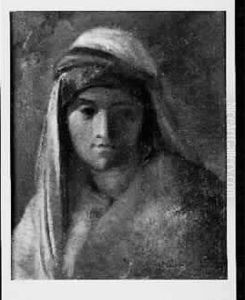Jean-Baptiste Carpeaux Paintings
Jean-Baptiste Carpeaux was a French sculptor and painter during the Second Empire under Napoleon III. Born on May 11, 1827, in Valenciennes, France, Carpeaux displayed a talent for drawing at an early age. Encouraged by his mason father, he initially studied at the Petite École in Paris, which would later become the École Nationale Supérieure des Arts Décoratifs, before entering the prestigious École des Beaux-Arts in 1844, where he studied under the sculptor François Rude.
Carpeaux won the Prix de Rome in 1854, which granted him a five-year residency at the Villa Medici in Rome. It was during this period that he was deeply influenced by the works of Renaissance artists, particularly Michelangelo, and began to develop his distinctive style that combined dynamic expression with an acute attention to detail and movement.
One of Carpeaux’s most famous works is 'La Danse', a sculpture commissioned for the façade of the Paris Opera House in 1869. The sculpture's lively, almost frenetic depiction of nude figures in motion was both celebrated for its virtuosity and criticized for its sensuality. Another seminal work is 'Ugolino and His Sons', inspired by Dante's Inferno, which showcases Carpeaux's ability to convey intense emotion and psychological depth.
Despite his success, Carpeaux's life was marked by personal struggles, including a tumultuous marriage and declining health. He continued to work prolifically, however, producing portraits, monuments, and works that reflected his interest in expressing the human spirit. Carpeaux's work was characterized by a commitment to realism and a fascination with expressing movement and emotion, which set him apart from many of his contemporaries.
Jean-Baptiste Carpeaux died of bladder cancer on October 12, 1875, at the age of 48. His legacy endures in the sculptures and paintings that capture the vibrancy of the human experience. Carpeaux is remembered as one of the key figures in French sculpture, bridging the gap between the neoclassical tradition and the emerging modernist movements of the late 19th century.
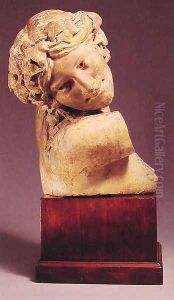
![Ugolino and his Sons [detail #4]](https://www.niceartgallery.com/imgs/140108/s/jeanbaptiste-carpeaux-ugolino-and-his-sons-detail-4-af87b5e8.jpg)
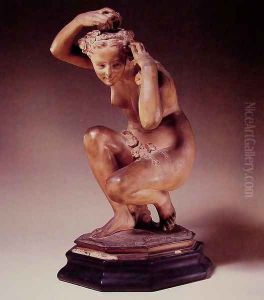
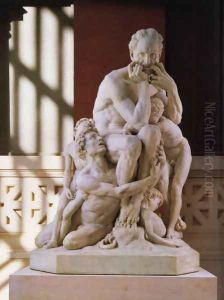
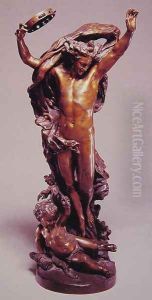
![Ugolino and his Sons [detail #2]](https://www.niceartgallery.com/imgs/140125/s/jeanbaptiste-carpeaux-ugolino-and-his-sons-detail-2-5262535b.jpg)
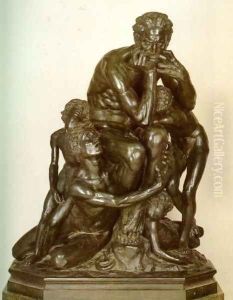
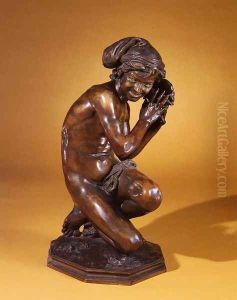
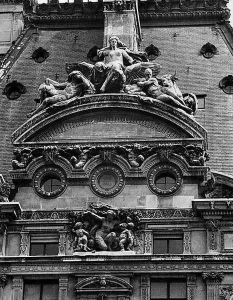
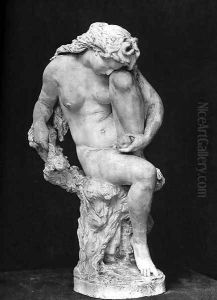
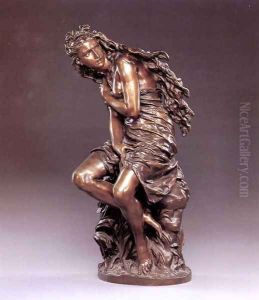
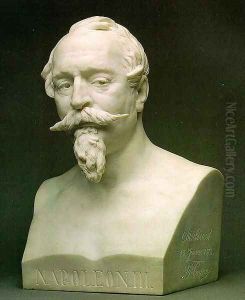
![Ugolino and his Sons [detail #3]](https://www.niceartgallery.com/imgs/140123/s/jeanbaptiste-carpeaux-ugolino-and-his-sons-detail-3-cfbe5848.jpg)
![Ugolino and his Sons [detail #1]](https://www.niceartgallery.com/imgs/140127/s/jeanbaptiste-carpeaux-ugolino-and-his-sons-detail-1-26d655aa.jpg)
